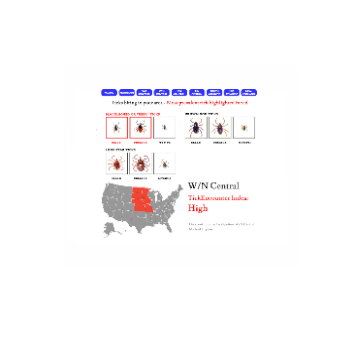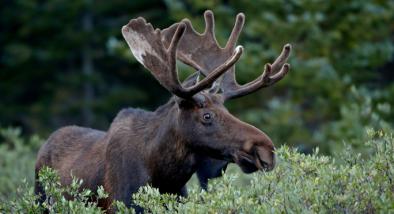Science Source
Factors affecting epizootics of winter ticks and mortality of moose
- Confirms the proposal that warmer and shorter winters result in increased survival of adult female ticks dropping off moose in March and April, and increased tick populations on moose the following winter
- Finds annual changes in hair damage and loss on moose, which are documented from the air, coincided with annual changes in numbers of ticks on moose, providing managers with a survey tool to monitor and estimate changing numbers of ticks
- Finds tick numbers lagged 1 year behind moose numbers in Elk Island National Park over a 12-year period, and many moose died when numbers of both were high
- States several widespread, concurrent die-offs suggest extrinsic influences play a role, possibly independent of moose density
Related Content
Real Time Data

Mar 29, 2016 | Tick Encounter Resource Center, University of Rhode Island
Current US Tick Activity
Headline

Mar 29, 2016 | onearth
What’s Killing Minnesota’s Moose?
Science Source
| National Wildlife Federation
Wildlife in a Warming World
Science Source
| Parasitology Research
Seroprevalence, isolation, first genetic characterization of Toxoplasma gondii, and possible congenital transmission in wild moose from Minnesota, USA
Shiv K. Verma, Michelle Carstensen, Rafael Calero-Bernal et al


